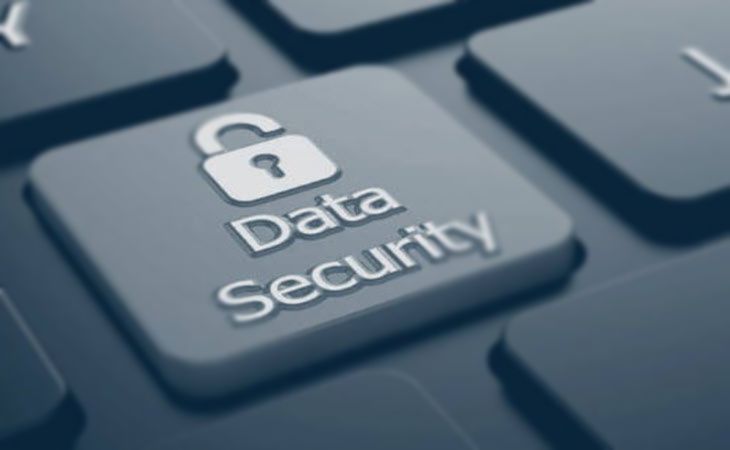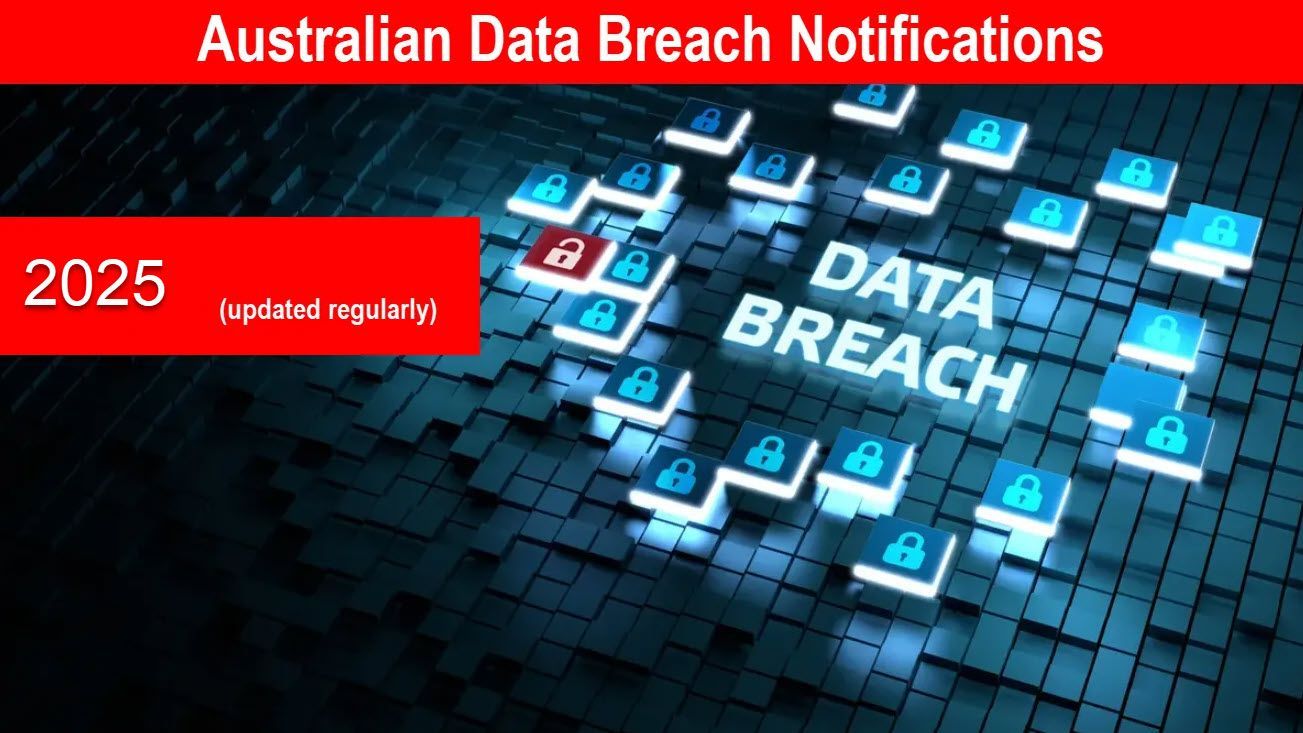Best Practices for Securing Your Information

Data encryption is super important for keeping sensitive info safe from hackers online. It helps organisations keep their valuable stuff safe, follow rules, and earn the trust from people. Encryption turns regular info into secret code using special methods and keys.
Don't worry, we cover all the important stuff about encryption, like why it's crucial, how it works, and the best ways to use it.
The Foremost Importance of Data Encryption
The value of data encryption cannot be emphasised in a time when data breaches can have adverse effects, including reputational harm and financial losses. Here are some good reasons why businesses should make encryption a big deal:

Protection Against Unauthorised Access
Unauthorised users cannot access sensitive information even if they manage to intercept or steal it because encryption makes data unintelligible.
Regulatory Compliance
Encryption is a must in certain industries like healthcare, finance, and government. It's needed to keep important stuff safe, like money records, private files, and personal info, because there are strict rules about it.
Data Breach Prevention
The risk and severity of data breaches are decreased when data is encrypted because cybercriminals cannot use it even if they are able to obtain unauthorised access to it.
Types of Attacks on Encrypted Data
While encryption techniques are designed to provide robust protection for sensitive data, they are not entirely immune to attacks. Cybercriminals and malicious actors may employ various techniques in an attempt to compromise encrypted data. Here are some common types of attacks on encrypted data:
Brute-force attacks
Brute-force attacks try every possible combination of characters or numbers to guess the encryption key. Brute-force attacks use computational power and time to eventually discover the correct key.
Dictionary attacks
Dictionary attacks are a type of brute-force attack, but instead of trying every possible combination, they use a predefined list of common words, phrases, or patterns that could be used as encryption keys.
Man-in-the-middle (MITM) attacks
A man-in-the-middle attack involves the attacker placing themselves between the sender and receiver of encrypted data, intercepting and potentially modifying the communication. The attacker may try to eavesdrop on the conversation, steal encryption keys, or impersonate one of the parties involved.
Types of Data Encryption Techniques
Data encryption techniques can be divided into two categories: symmetric encryption and asymmetric encryption.
Symmetric Encryption
Symmetric encryption, also known as secret-key encryption, uses a single shared key for both encrypting and decrypting data. Symmetric Encryption key must be kept secret and shared securely between the sender and receiver of the encrypted data.
Asymmetric Encryption
Asymmetric encryption, also known as public-key encryption, uses a pair of keys: a public key for encryption and a private key for decryption. The public key can be freely shared, while the private key must be kept secure by the recipient.
Encryption Algorithms - The Backbone of Data Protection
Encryption algorithms are like secret math rules that turn regular info into secret code. They're really important for making sure encryption works well. The following are some of the most popular:

AES (Advanced Encryption Standard)
AES is a super popular encryption method that lots of people and groups use because it's really good at keeping stuff safe and works fast. It comes in different strengths, like 128, 192, and 256 bits. The 256-bit one is super tough to crack with today's computers.
RSA (Rivest-Shamir-Adleman)
RSA is a popular way to keep information safe by solving complex math puzzles. It's handy for sending secure messages and making sure signatures are real. People use it in various tasks like encrypting emails, sharing files securely, and creating private networks.
Blowfish
Blowfish is a symmetric encryption algorithm designed to be fast and secure. It is widely used in various applications, including password management tools, file encryption utilities, and secure communication protocols. Blowfish supports variable key lengths, making it highly flexible and adaptable to different security requirements.
Twofish
Twofish is an advanced symmetric encryption algorithm that was designed as a successor to Blowfish. It offers enhanced security and efficiency, making it suitable for a wide range of applications, including disk encryption, virtual private networks (VPNs), and secure communications.
Best Practices for Implementing an Effective Encryption Strategy
Implementing an effective encryption strategy requires careful planning, collaboration, and adherence to best practices. These are some key steps to take:
Collaboration and Stakeholder Engagement
Developing an encryption strategy should involve collaboration between various stakeholders, including management, IT, operations, and security teams. Gather input from all relevant parties and identify the regulations, laws, guidelines, and external factors that will impact your encryption strategy.
Defining Security Requirements
Conduct a thorough threat assessment to identify the data that needs to be encrypted and the level of security required. Consider factors such as the sensitivity of the data, potential threats, and the consequences of a data breach.
Selecting Appropriate Encryption Tools
Based on your security requirements, choose the appropriate encryption tools and algorithms. This may involve implementing multiple encryption solutions, such as SSL/TLS for secure web communication, AES for data at rest, and asymmetric encryption for secure data transmission.
Planning for Smooth Deployment
Develop a comprehensive deployment plan to ensure a smooth transition to your new encryption strategy. The encryption solutions may need to be integrated with currently used systems, applications, and procedures. Consider working with third-party IT service providers if necessary to ensure a seamless implementation.
Maintaining a Security Culture
Encryption isn't the only thing that keeps data safe. You should also use other security stuff like special hardware, firewalls, and teach your employees how to handle encryption keys properly. Make sure everyone in your organisation takes security seriously to make encryption work even better.
Final Words
Encryption is key for preserving sensitive data online. It comes in two main types, symmetric and asymmetric. Strong algorithms and proper key management enhance security. Regular updates are vital to keep pace with advancing technology. People and companies may secure their digital data from cyberattacks and illegal access by putting strong methods of encryption into place.
Sources:









